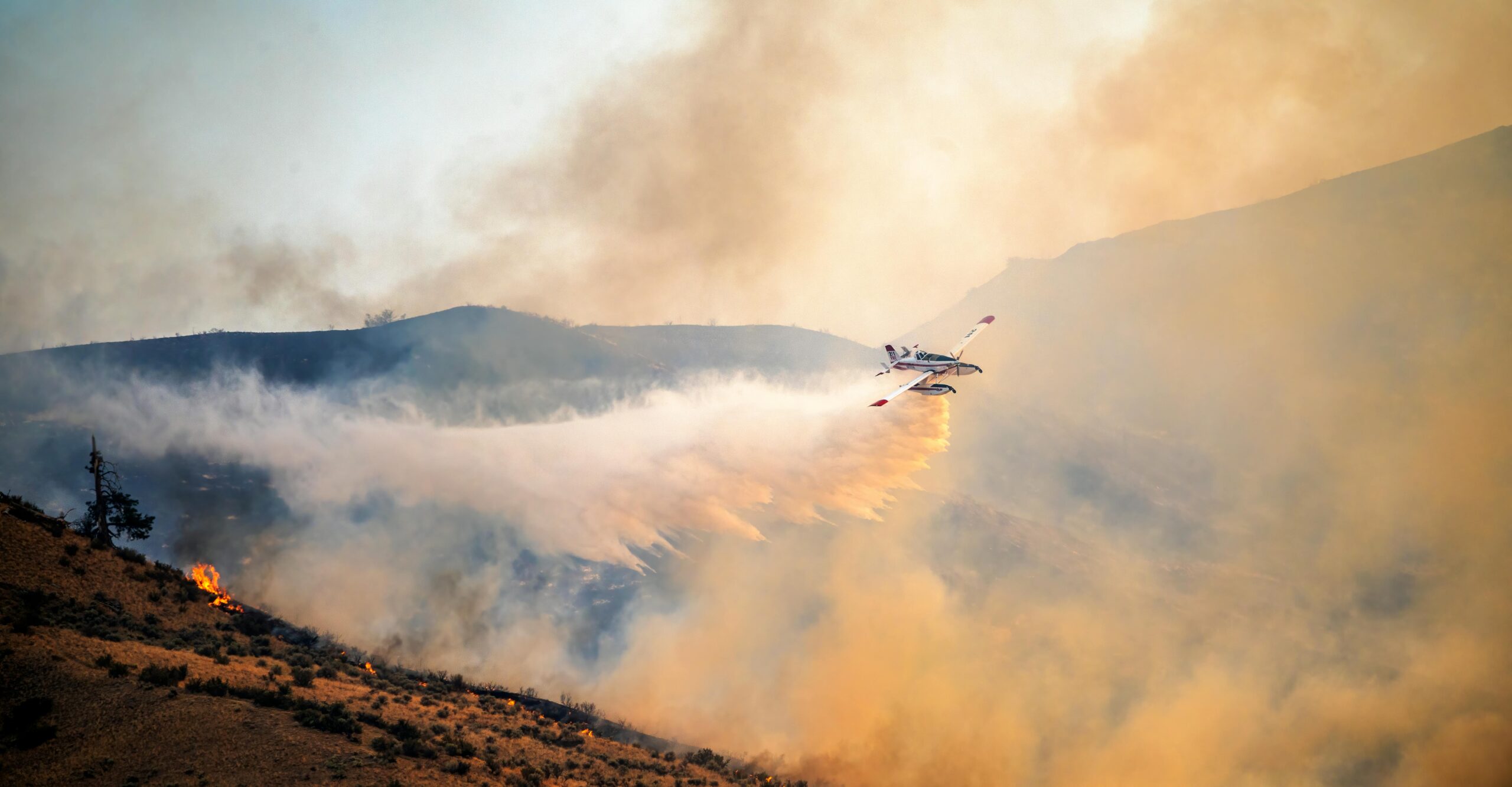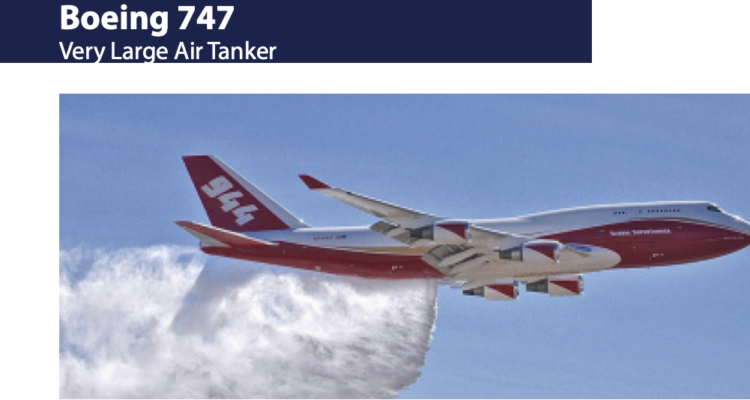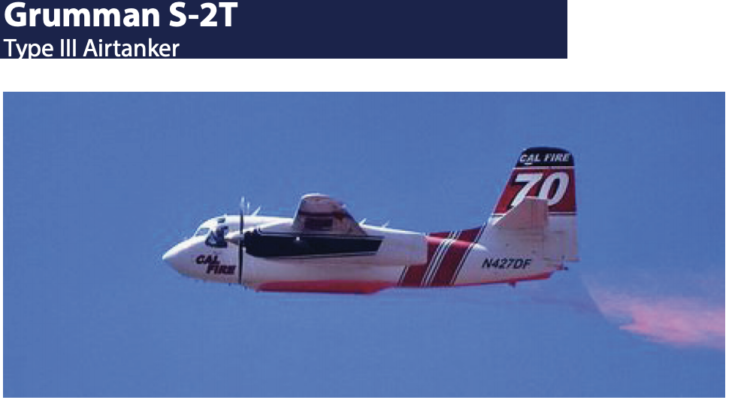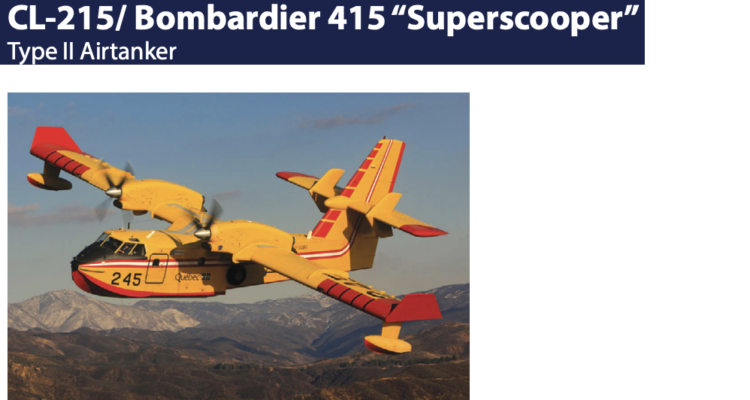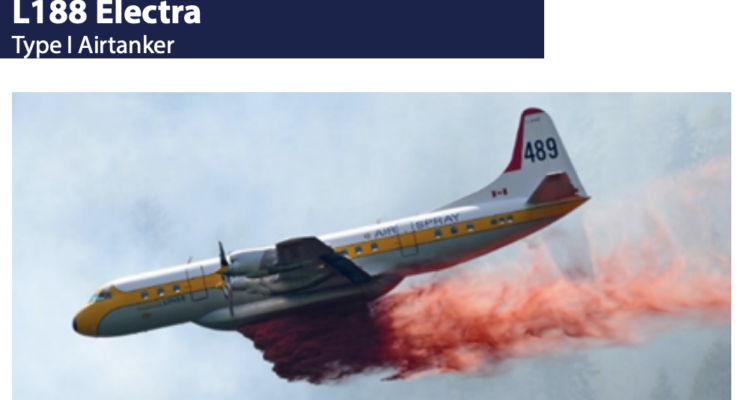Earlier this month, the investor group that owns the 747 Supertanker decided it will cease operations. The normally referred to, ‘air tanker’ is capable of dropping 19,200 gallons of retardant. It was used to fight fires globally including Israel, Chile, Bolivia, and Mexico. The aircraft is one of many that help fire crews with large, fast-spreading fires. Let’s take a look how supertankers, large tankers, and tankers compare.
SuperTanker vs. Other Tankers
In order for the 747 SuperTanker to be ready for the 2021 wildfire season, it would have to undergo federal certification process by June. Instead, a new buyer could use the aircraft as a freight carrier, with its ability to hold 17,500 gallons.
The plane was a converted Boeing 747 that can dump almost 20,000 gallons of water or retardant in six seconds. Additionally, the SuperTanker also can refill in under 30 minutes. However, it comes at a hefty cost as much as $250,000 per day. The second largest capacity air tanker is Russian-made, under 12,000 gallons.
These SuperTankers or very large air tankers are typically used on extended attacks. One load equates to 12 drops of a Type III air tanker, or up to a mile in length. CalFire uses the DC-10, also considered a very large air tanker, which has a capacity of 9,400 gallons. It can travel over 485 mph. Fire agencies use several large tankers to suppress major fires, see below.
Type I Air Tanker
In comparison, most larger air tankers can carry up to 3,000-4,000 gallons of retardant. These aircrafts are often previously passenger jets that can travel near 380 mph. These tankers can be multi-purposed for cargo and military uses.
Type II Air Tanker
Next, the smaller Type II tanker holds up to around 2,400 gallons. The US Navy used some of these planes as a patrol bomber and anti-submarine warfare aircraft. The “Super Scooper” is one specific Type II air tanker. The aircraft gets its name from its ability to scoop large amounts of water from nearby lakes or reservoirs to use on a fire. These tankers are great for fast, initial attacks.
Type III Air Tanker
The smallest of the tankers holds up to 1,300 gallons. Similarly to Type II, these were originally used as a carrier-based anti-submarine war planes. Fire agencies contract these tankers for quick attacks while the fire is still manageable. They can drop water, phosphate based retardant, gel, and foam fire retardants.
Below are some CalFire pictures of specific air tankers.
Other Aircraft
In addition, fire agencies use tactical planes and helicopters to combat wildfires. Smaller planes can help spot fires, act as lookout, and guide larger planes through the fire area. Helicopters are able to make smaller drops, often knocking down spot fires. Also, they can assist in rescue or evacuation missions of civilians and firefighters.
Much like a firefighter, each aircraft holds a special role in fire suppression and safety. Aircraft and air crew are critical in fighting large, dangerous fires every year. As a result, numerous types of different aircraft often work together on a wildfire. Finally. for more specific information about wildfire aircraft, specifically from CalFire, click here.

